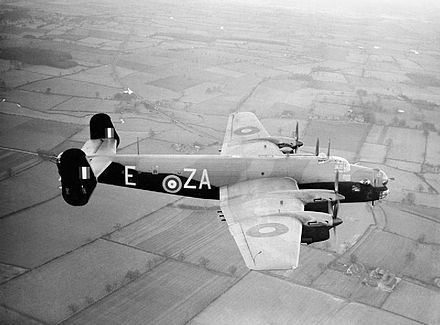 |
| A German map for the invasion of England. |
It was intended to be a preliminary air battle of a few days. It ended up becoming a standoff, as the Royal Air Force held off the Luftwaffe for the entire summer.
Of the RAF flyers, Sir Winston Churchill said on August 20, 1940: "Never in the field of human conflict was so much owed by so many to so few."
"The Few" included 550 foreign flyers, out of 2,900 RAF pilots. The foreign flyers came from Commonwealth countries such as Australia, Canada, New Zealand and South Africa, as well as expatriates from Belgium, Czechoslovakia and Poland, and other countries under Nazi occupation.
The Polish No. 303 fighter squadron shot down 126 Luftwaffe planes during the battle, more than any other Allied unit. The RAF’s top ace was Josef Frantisek, a Czech aviator who claimed 17 aerial victories.
Some were from the United States. One famous flyer was 29-year-old Billy Fiske, who was a gold-medal winner for bobsledding at the Winter Olympics.
At the end of his teaching year at the University of Maryland, where he was a mathematics teacher, my uncle Willem van Stockum signed up to teach flying to the Royal Canadian Air Force. As conditions worsened in his native Holland, he volunteered to be a bomber pilot for the RAF, although at 33 he was considered old for this job. He left from his base in Melbourne, Yorkshire on June 9 and was shot down a few hours later. It was during the week of D-Day. He is buried near where his plane came down, in Laval.
He was listed as Dutch, and he has a tombstone provided by the Dutch Government. But he was trained as a mathematician at Trinity College, Dublin, obtained his degree from the University of Edinburgh, was living in the United States when he signed up and was seconded by the RCAF. All these countries claim him.
His Flying Officer (pilot) counterpart on the other plane shot down that night was from Australia.


